Unveiling the Deep Symbolism of Seder Plate Elements
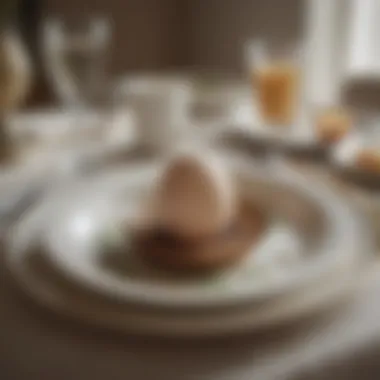
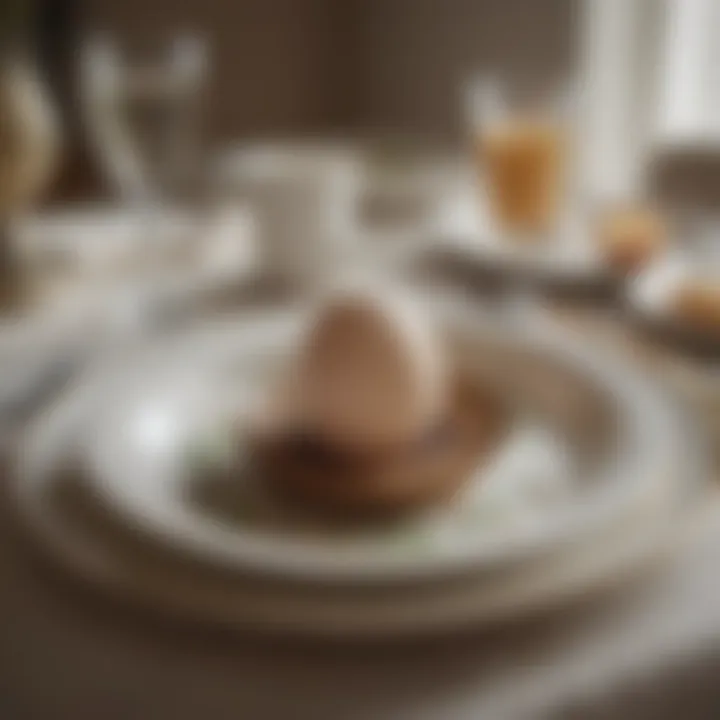
Wellness
The exploration of the meaning embedded in each item on the traditional Seder plate brings forth a journey of cultural understanding and spiritual enlightenment. Each element meticulously placed on the Seder plate symbolizes a significant aspect of the Passover celebration, conveying profound historical and religious narratives that serve as the cornerstone of the Jewish faith.
Unraveling the layers of symbolism intricately woven into the Seder plate items allows individuals to delve deep into the roots of tradition and heritage. By understanding the profound meanings behind the maror, charoset, karpas, zeroa, beitzah, and chazeret, one gains a heightened sense of appreciation for the customs and beliefs that have been passed down through generations.
Exploring the symbolic representations of these items not only enriches the cultural experience of Passover but also fosters a sense of spiritual connection and historical consciousness. Through a detailed examination of each component, participants in the Seder ceremony can engage in a reflective practice that deepens their understanding of the annual ritual and its significance within the broader context of Jewish tradition.
Introduction
In this exploration of the significance and symbolism behind the items on the traditional Seder plate, we delve deep into the cultural and religious meanings woven into the fabric of the Passover celebration. The Seder plate serves as a focal point of the Passover observance, with each element carrying a profound historical narrative reflecting the values cherished in the Jewish faith.
Understanding the Seder Plate
The central role of the Seder plate in Passover
The central role of the Seder plate in Passover is paramount, symbolizing the ceremonial aspects of the festival. It acts as a visual representation of the story of liberation from Egypt, bringing the community together in commemoration. This symbolism is crucial to understanding the root of the Passover tradition, showcasing the emphasis on history and collective memory.
Symbolism intertwined with Jewish heritage
The symbolism intertwined with Jewish heritage on the Seder plate runs deep, carrying layers of cultural and religious significance. Each item symbolizes a different aspect of the Exodus story, illustrating themes of freedom, faith, and perseverance. This intertwined symbolism serves to reinforce Jewish heritage and tradition, connecting individuals to their roots and shared history.
Importance of Seder Plate Items
Representation of history and beliefs
The representation of history and beliefs through the Seder plate items is profound, encapsulating generations of teachings and customs within a single setting. Each item holds symbolic value, representing key elements of Jewish history and beliefs. This representation acts as a tangible link between past experiences and contemporary observances, enriching the Passover experience with depth and meaning.
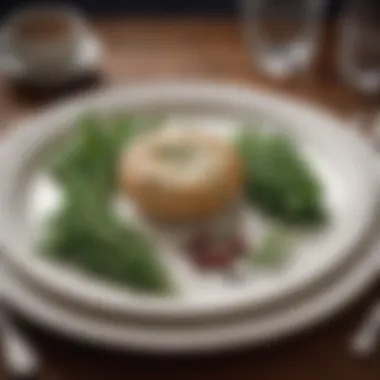
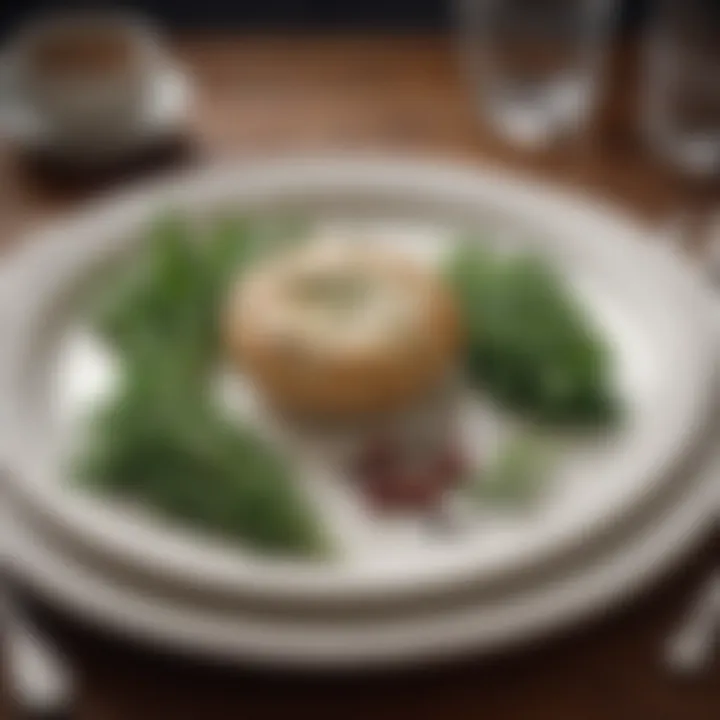
Connection to the Exodus story
The connection to the Exodus story provided by the Seder plate items is integral to the Passover celebration. Through the visual and sensory aspects of the items, individuals are transported back to the events of the Exodus, fostering a sense of connection and reliving the journey to liberation. This connection serves to instill the values of the Exodus story in participants, creating a profound link between past struggles and present gratitude.
Seder Plate Components
In this article, we delve into the importance of Seder Plate Components, focusing on the specific elements, benefits, and considerations surrounding these essential items. The Seder plate serves as a central fixture in the Passover celebration, holding deep cultural and religious significance that reflects the historical narrative and values of the Jewish faith. Each item on the Seder plate plays a crucial role in conveying the rich symbolism and traditions that have been passed down through generations.
Zeroa (Shank Bone)
Significance of the roasted bone
The roasted bone on the Seder plate symbolizes remembrance of the Paschal sacrifice, emphasizing the historical connection to the ancient traditions of sacrifice and redemption. Its significance lies in its representation of sacrifice and atonement, highlighting a solemn yet essential aspect of the Passover observance. The choice of the roasted bone underscores the solemnity and reverence attached to this ritual, offering a tangible link to the sacrificial practices of the past.
Remembrance of the Paschal sacrifice
The remembrance of the Paschal sacrifice through the roasted bone serves as a poignant reminder of the Israelites' deliverance from slavery in Egypt. This symbolic element not only commemorates the historic Exodus but also underscores the enduring themes of liberation and redemption within the Jewish faith. By incorporating this symbolic representation of sacrifice, the Seder plate honors the foundational narratives that continue to shape Jewish identity and tradition.
Beitzah (Roasted Egg)
Symbolism of fertility and renewal
The roasted egg on the Seder plate symbolizes fertility and renewal, signifying the cyclical nature of life and the eternal hope for new beginnings. Its inclusion highlights the themes of regeneration and growth, encapsulating the essence of springtime and the rejuvenation of spirit during the Passover celebration. The symbolism of the roasted egg offers a visual metaphor for the concepts of rebirth and continuity within Jewish culture, enriching the religious observance with layers of meaning and reflection.
Representation of mourning and hope
In addition to symbolizing fertility, the roasted egg also represents mourning and hope, encapsulating the bittersweet nature of life's journey. This dual symbolism conveys the complexities of human experience, blending periods of sadness with the resilience and optimism that characterize the Jewish outlook. By incorporating the roasted egg into the Seder plate, individuals engage with a profound symbol that encapsulates the interplay between sorrow and optimism, acknowledging the range of emotions inherent in the human condition.
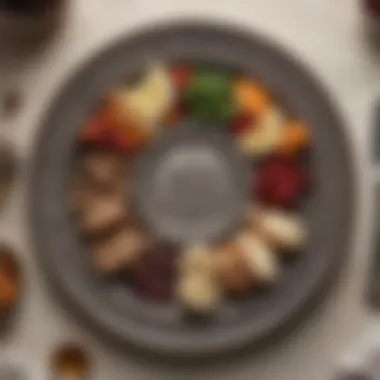
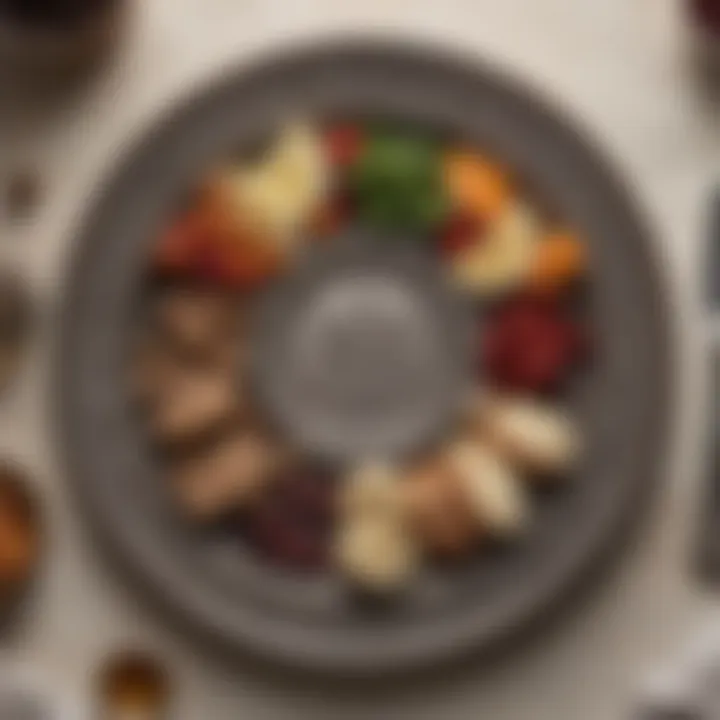
Maror (Bitter Herbs)
Understanding the bitterness in Passover
The bitter herbs on the Seder plate serve to underscore the bitterness of slavery endured by the Israelites in Egypt, offering a tangible reminder of the hardships faced during their historic exodus. This poignant symbol prompts participants to engage with the emotional and physical discomfort associated with oppression, fostering empathy and solidarity with past struggles. Through the understanding of bitterness in Passover, individuals glean important lessons about resilience, determination, and the capacity for overcoming adversity.
Lessons of hardship and resilience
Alongside highlighting the bitterness of the past, the Maror also imparts valuable lessons of hardship and resilience, showcasing the enduring strength of the Jewish people throughout history. By partaking of the bitter herbs, individuals confront adversity and challenge, drawing inspiration from the stories of survival and perseverance embedded within Jewish tradition. The Maror thus becomes a powerful teaching tool, prompting reflection on the resilience and tenacity required to navigate life's difficulties and emerge stronger on the other side.
Charoset
Sweetness in the midst of bitterness
Charoset serves as a counterpoint to the bitterness of the Maror, offering a sweet and symbolic element that represents the hope and joy embedded within even the most challenging circumstances. This mixture of fruits, nuts, and spices embodies the sweetness in the midst of bitterness, reminding participants of the potential for joy and celebration amidst life's trials. Through the consumption of Charoset, individuals embrace a holistic understanding of the human experience, recognizing that moments of joy can coexist with periods of hardship, creating a profound tapestry of existence.
Cultural variations and significance
Beyond its symbolic sweetness, Charoset also holds cultural significance, with diverse variations reflecting the multifaceted traditions and histories of Jewish communities worldwide. The unique blend of ingredients in Charoset signifies the diversity and richness of Jewish culture, celebrating the different heritage elements that have converged to shape contemporary Passover observance. By exploring the cultural variations of Charoset, individuals engage with the vibrant tapestry of Jewish identity, fostering an appreciation for the complexities and nuances that define this ancient faith.
Karpas (Vegetable)
Representation of hope and new beginnings
The vegetable, Karpas, symbolizes hope and new beginnings, embodying the spirit of rejuvenation and growth that characterizes the Passover season. As a representation of springtime and the promise of renewal, Karpas invites participants to reflect on the potential for growth and transformation in their own lives. By partaking of the Karpas, individuals embrace the optimism inherent in the cycle of nature, fostering a sense of renewal and possibility as they navigate personal and communal journeys.
Connection to springtime and growth
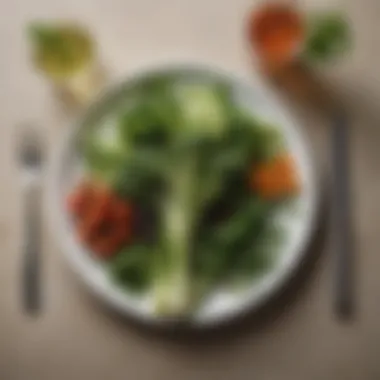
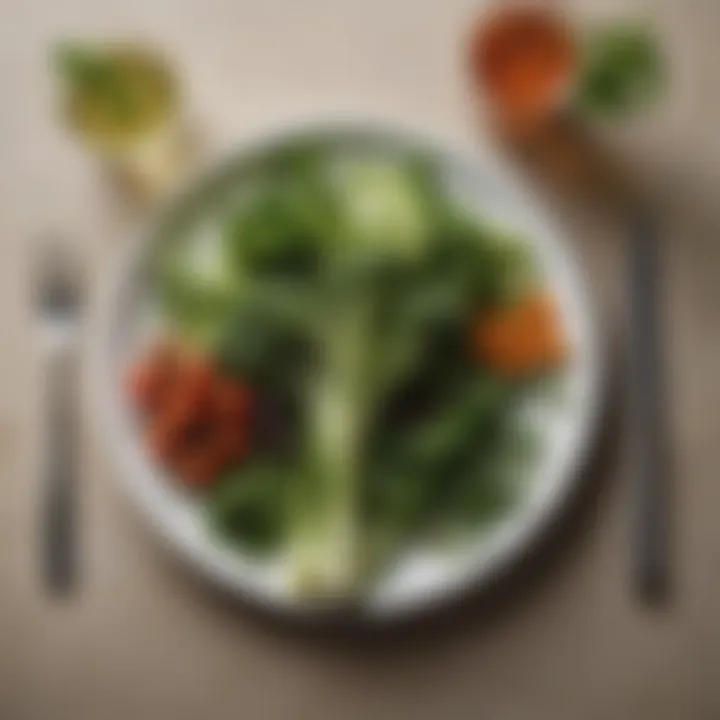
The association of Karpas with springtime underscores its significance as a symbol of growth and flourishing. Through its connection to the season of rebirth, Karpas invites participants to align with the natural rhythms of renewal and regeneration, mirroring the themes of liberation and transformation woven throughout the Passover narrative. By incorporating Karpas into the Seder plate, individuals embrace the cyclical nature of existence, embracing the opportunity for growth and evolution in both spiritual and worldly pursuits.
Chazeret (Additional Bitter Herb)
Variations among traditions
Chazeret, as an additional bitter herb on the Seder plate, showcases the diverse interpretations and practices that distinguish different Jewish traditions. The variations among traditions regarding the inclusion and preparation of Chazeret highlight the fluidity and adaptability of Jewish customs, underscoring the rich tapestry of beliefs and observances within the faith. By exploring the nuances of Chazeret across different communities, individuals gain insight into the dynamic nature of Jewish tradition, recognizing the capacity for cultural evolution and reinterpretation over time.
Enhancing the understanding of bitterness
In its role as an additional bitter herb, Chazeret contributes to deepening the understanding of bitterness within the Passover narrative, prompting participants to grapple with the multifaceted dimensions of suffering and resilience. The inclusion of Chazeret serves to enhance the experiential depth of the Seder plate, encouraging individuals to engage fully with the complexities of human emotion and historical remembrance. Through the incorporation of Chazeret, participants confront the nuances of bitterness and endurance, acknowledging the layered nature of suffering and endurance inherent in the Jewish historical experience.
Salt Water
Symbolic representation of tears and hardships
The saltwater on the Seder plate symbolically represents tears and hardships, connecting participants with the emotional weight of collective suffering and resilience. By incorporating saltwater into the Passover observance, individuals acknowledge the realities of sorrow and struggle, honoring the sacrifices and challenges faced by previous generations. The symbolic resonance of saltwater fosters a sense of empathy and remembrance, encouraging participants to reflect on the enduring strength and perseverance that characterize the Jewish people's historical journey.
Reflection on the past and gratitude for the present
Through the ritual use of saltwater, participants engage in a profound act of reflection on the past and gratitude for the present, juxtaposing the hardships of history against the blessings of contemporary life. The solemnity of the saltwater ritual prompts individuals to contemplate the sacrifices and resilience of their ancestors, inspiring a sense of appreciation for the freedoms and opportunities enj
Conclusion
The Seder Plate's Lasting Legacy
Continued Relevance and Significance
Delving into the continued relevance and significance of the Seder plate unveils a tapestry of traditions that have withstood the test of time. This aspect serves as a timeless anchor that grounds the Passover celebration in rich symbolism and meaning. The enduring nature of these practices reflects the steadfast commitment of Jewish communities to honor their past while embracing the present. The continued relevance and significance of the Seder plate items symbolize resilience, reverence, and a vibrant link to shared history, making them a cornerstone of familial and communal gatherings across generations.
Impact on Jewish Identity and Tradition
The impact of the Seder plate on Jewish identity and tradition is profound, shaping not only individual beliefs but also collective memories. This facet acts as a unifying force, binding diverse Jewish communities through shared rituals and narratives. The Seder plate items serve as potent symbols that reinforce a sense of belonging, perpetuate cultural values, and pass down cherished practices from one generation to the next. The enduring impact of these items goes beyond mere customs; they serve as conduits of heritage, forging a continuous thread that connects Jews worldwide to their ancestors and to each other.



